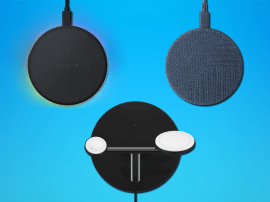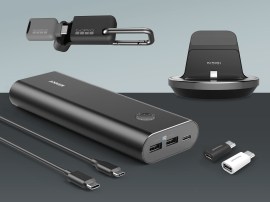Toyota C-HR Plug-in Hybrid review: best of the bunch
Motorists doing daily runs with access to home charging will find this variant of the new C-HR most appealing.
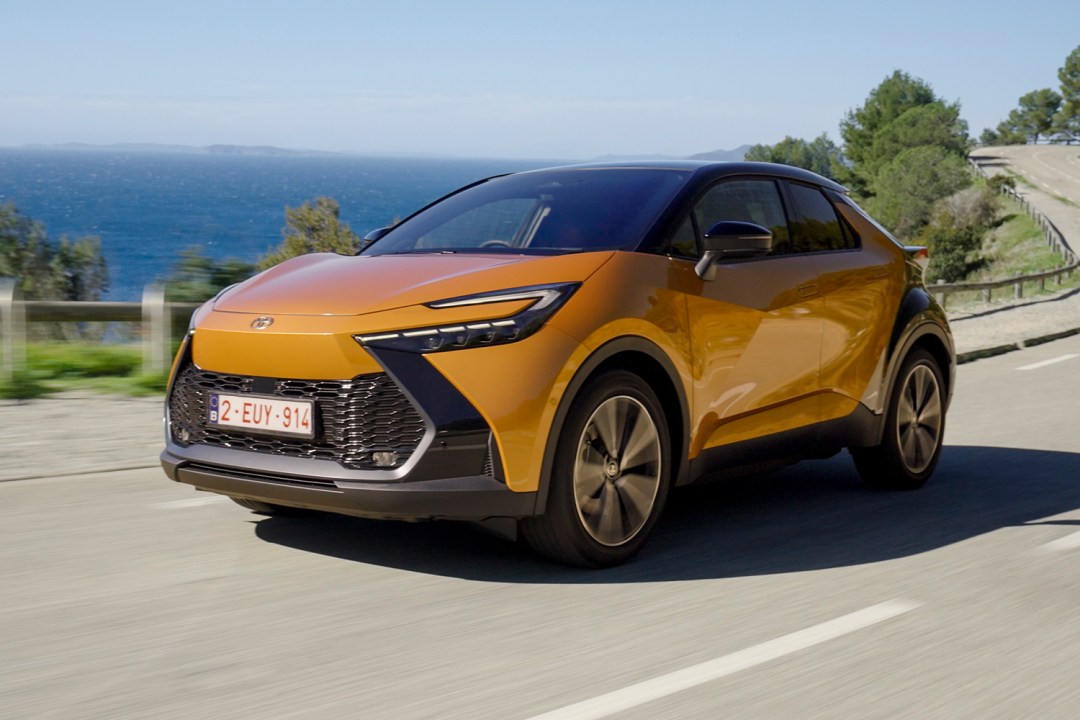
Stuff Verdict
The plug-in hybrid 220 is the best Toyota C-HR flavour, as long as you’re plugging in at home and have a reasonable commute.
Pros
- Sci-fi styling really hits the spot
- Ideal for shorter runs on electric power
Cons
- EV range rules out longer commutes
- Interior still not exactly spacious
Introduction
I got to drive the new Toyota C-HR towards the end of last year in its standard hybrid guise. While I absolutely loved the revamped exterior design of this popular crossover, the powertrain was slightly less captivating. There’s a decent amount of power from either a 1.8 litre or 2-litre petrol engine, but its delivery via the eCVT gearbox was less interesting. I ended up feeling alright about the car, rather than being blown away.
Now though, I’ve been driving the Toyota C-HR Plug-in Hybrid 220. It’s far more interesting if, like me, you do quite a lot of driving locally. The ability to do some – or all – of the journey using electric power offers genuine appeal, with up to 41 miles possible per charge. I’ve got the benefit of a home charger too, so I can top up in the evening and do pretty much everything I need to do the next day exclusively on battery power.
For the UK, the C-HR Plug-in Hybrid 220 is available in three model grades, kicking off with the £39,145 Design level. I’ve been behind the wheel of the mid-tier Excel edition, which has an on-the-road price of £42,610. The GR Sport rounds out the trio at £43,540. The PHEV models sit alongside 1.8 and 2-litre hybrid cars, so there’s something for everyone, save for an all-electric edition.
The styling
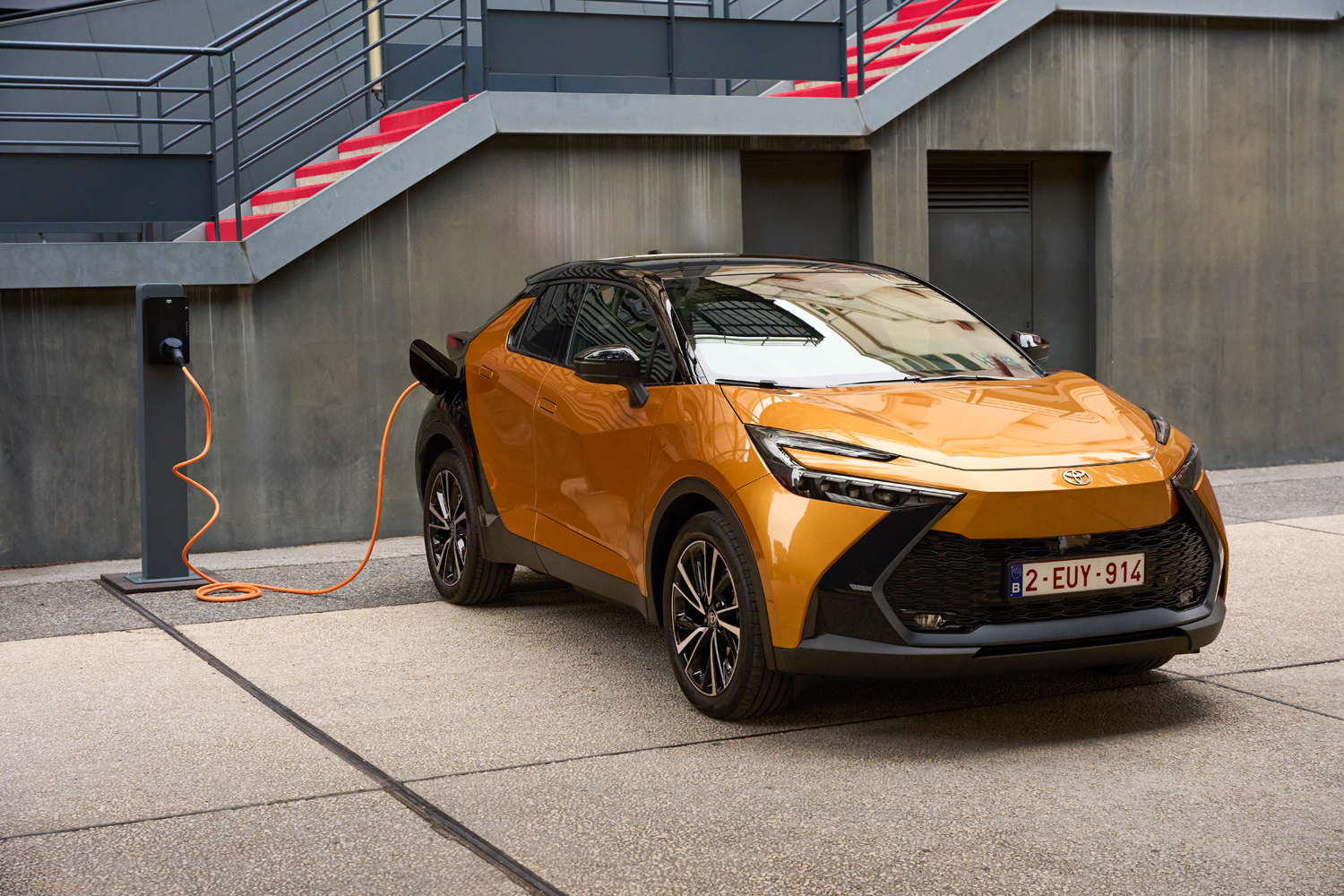
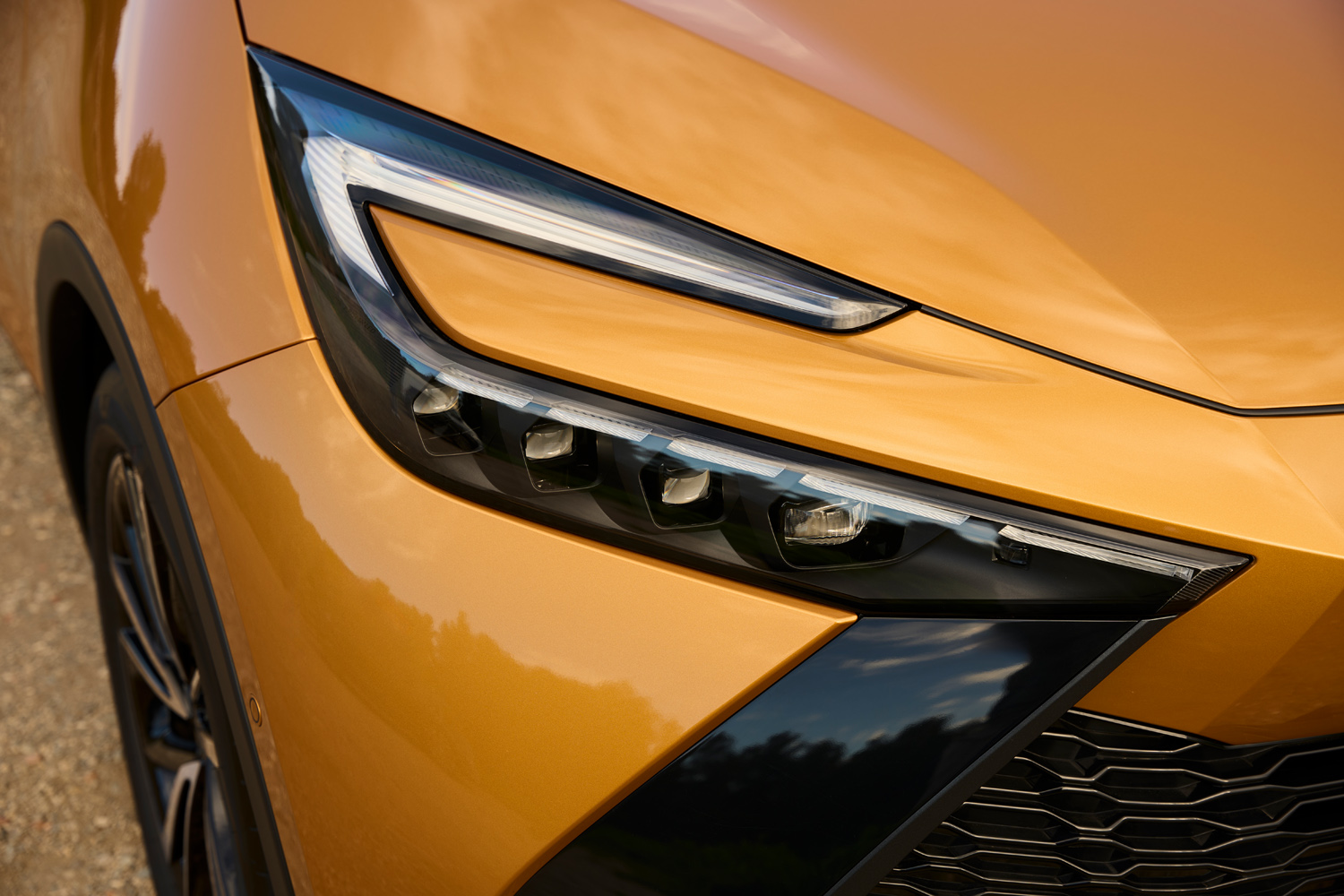
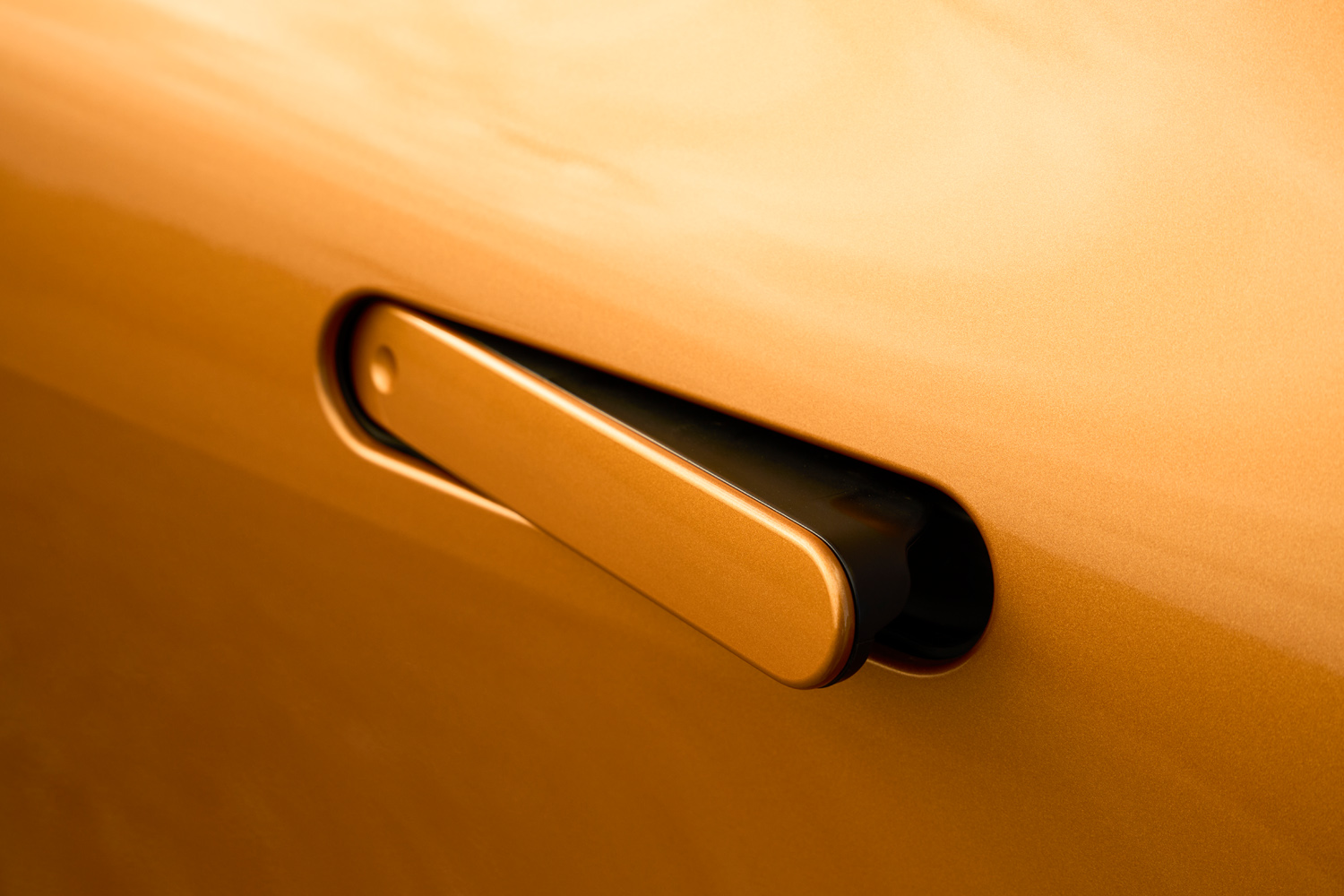
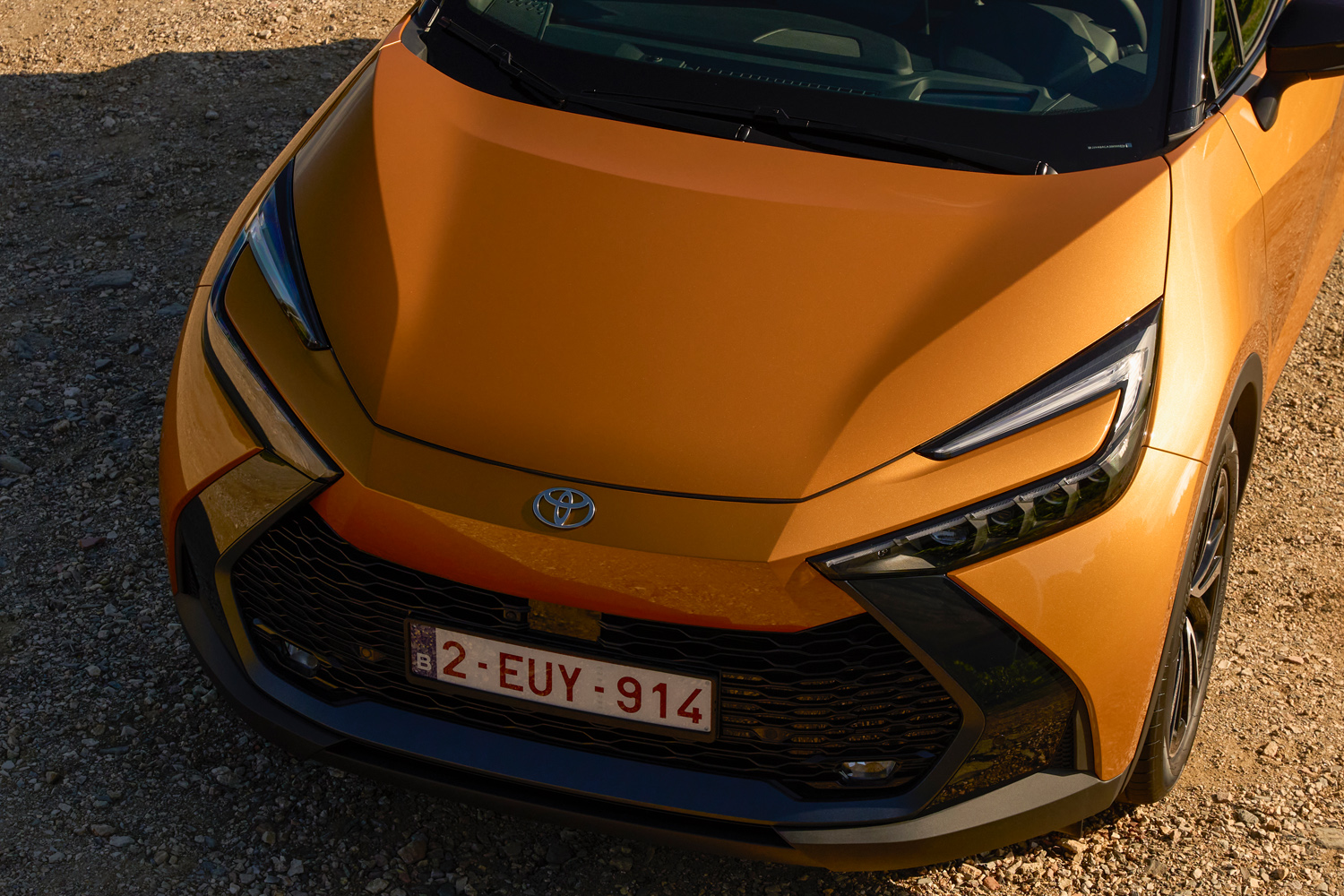
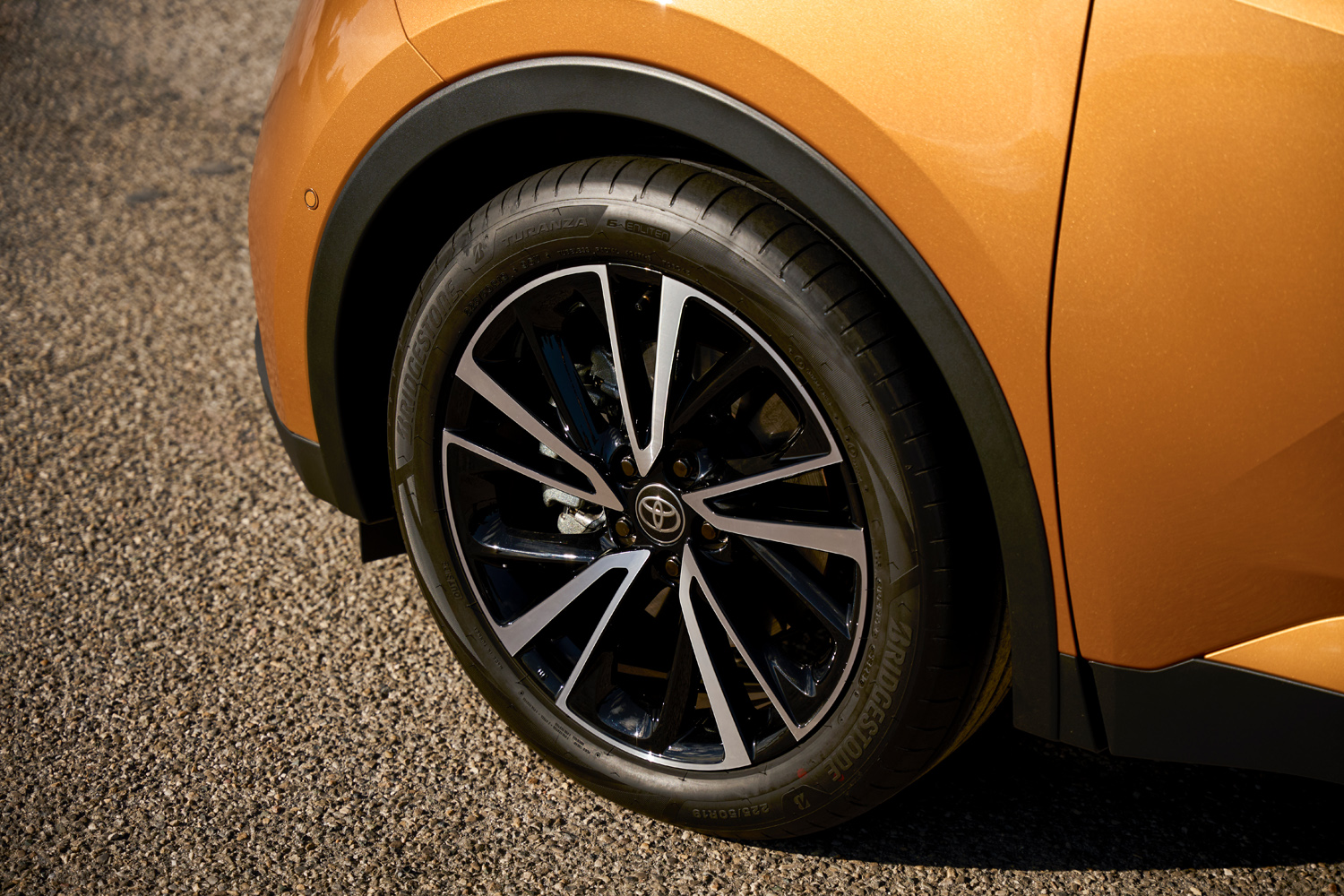
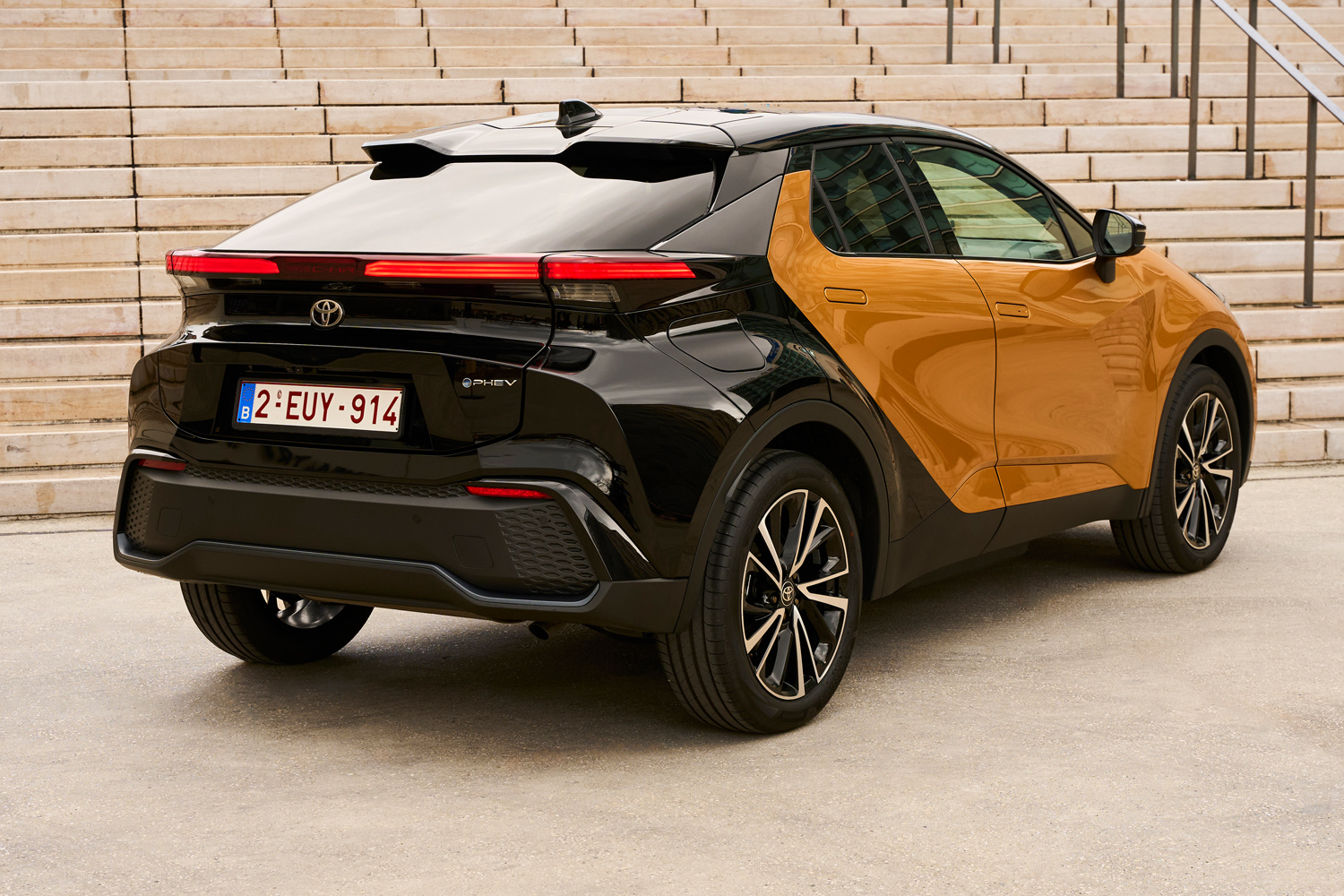
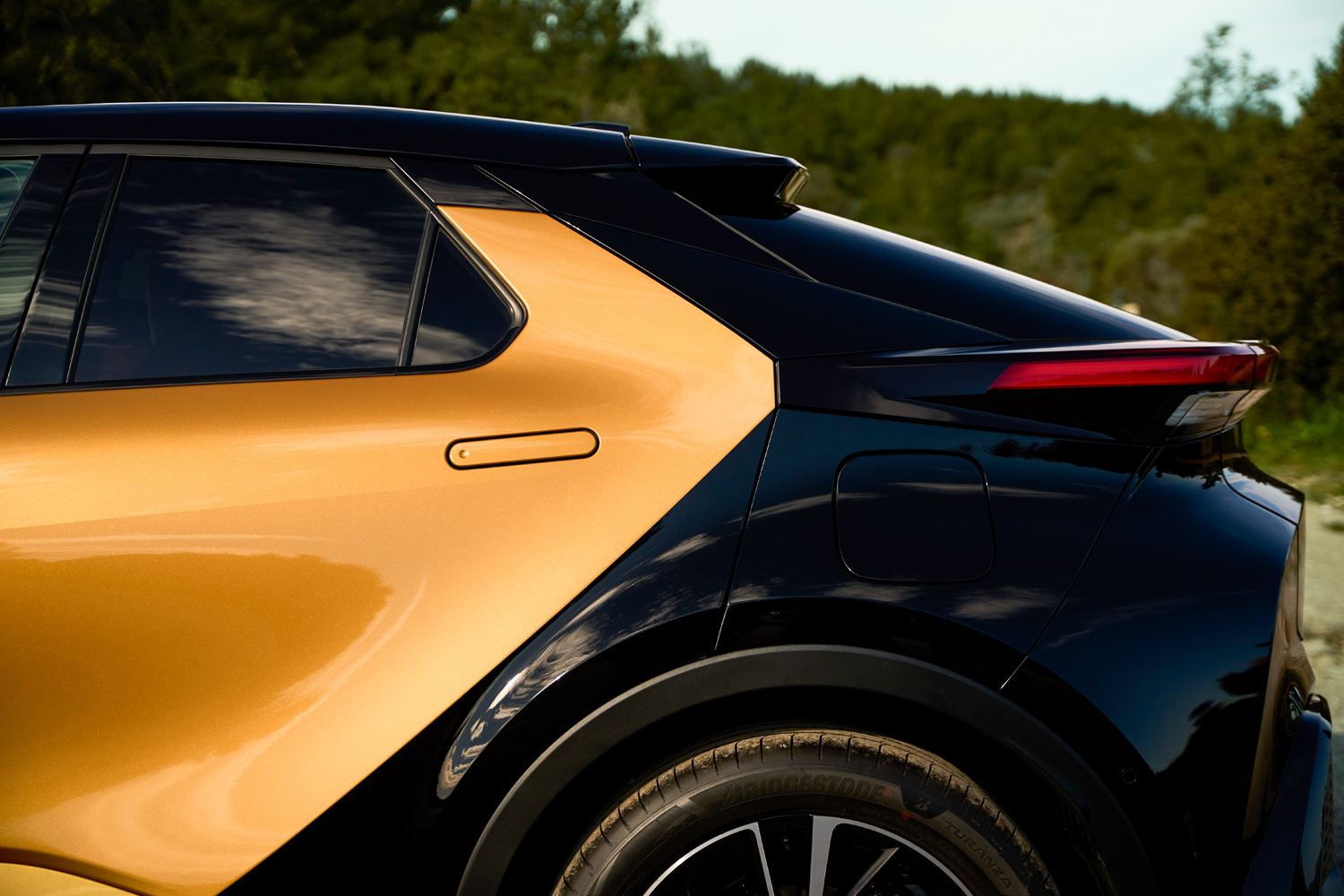
As far as I’m concerned, the latest Toyota C-HR still looks a treat from the outside. The way Toyota’s designers have worked the shape and complimented it with two-tone paintwork makes this car a real head turner. Combined with the 19in alloy wheels (a step up from 18s on the Design grade), flush-fitting door handles and rear privacy glass, the overall look is hugely impressive.
Revisiting the interior highlights what’s less successful about the C-HR, though. It still feels a little bit cramped and perhaps too cosy for its own good. Drivers may find the high-profile centre console a minor irritation; if you relax your arm it gets in the way. Similarly, if you’re sitting on the passenger side the (admittedly sleek) line that runs from the console into the dash can encroach on leg room. Fine if you’re slender, but not so good for any sizeable characters. The same goes for the rear seats, while the boot is similarly conservative in its allowance especially with a battery pack underneath.
The model I drove had a decent level of kit though, with ambient lighting jazzing things up at night. The seats and door card coverings are executed quite nicely, and Toyota underlines its use of recycled materials to give the C-HR some added environmental appeal. n.
The drive
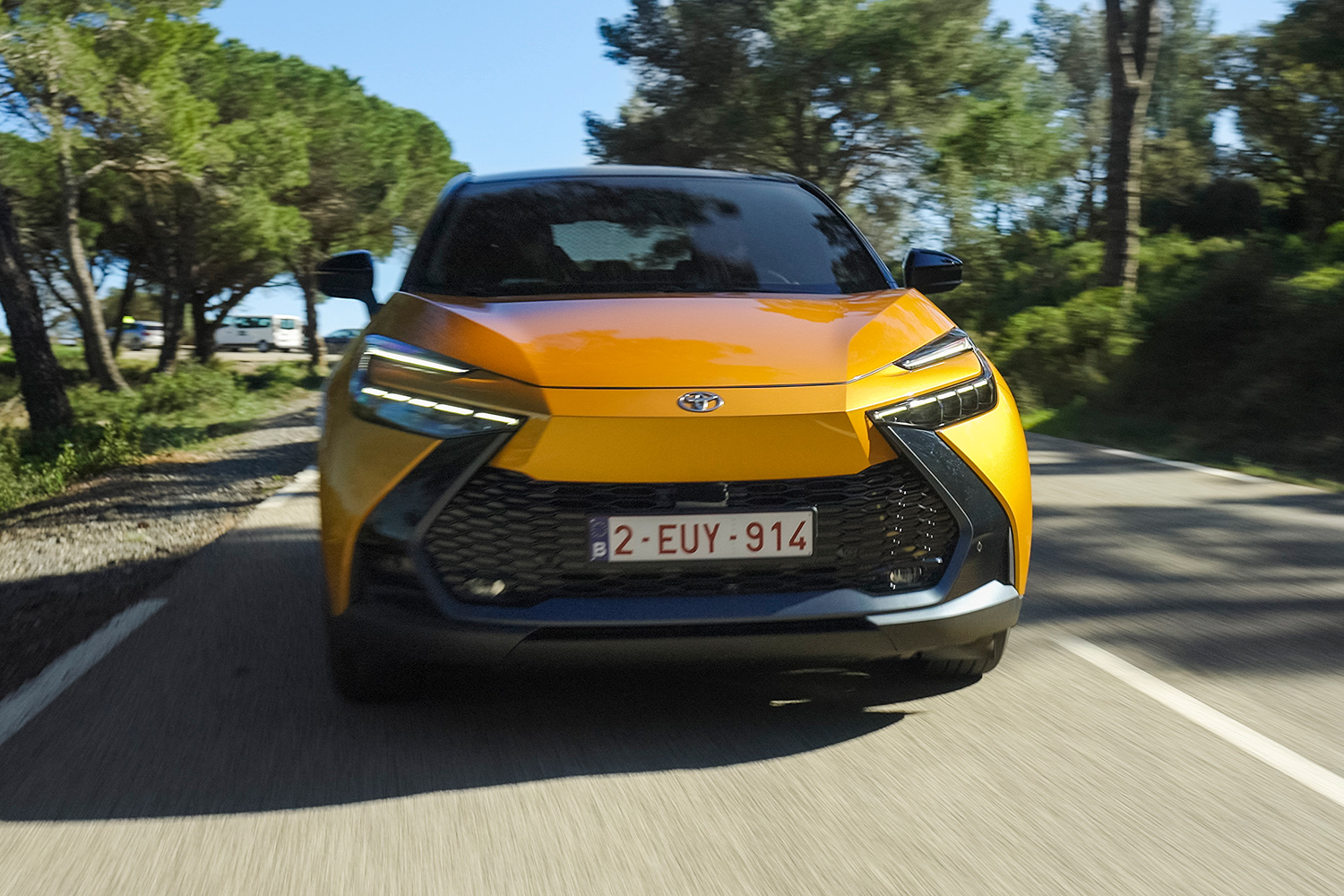
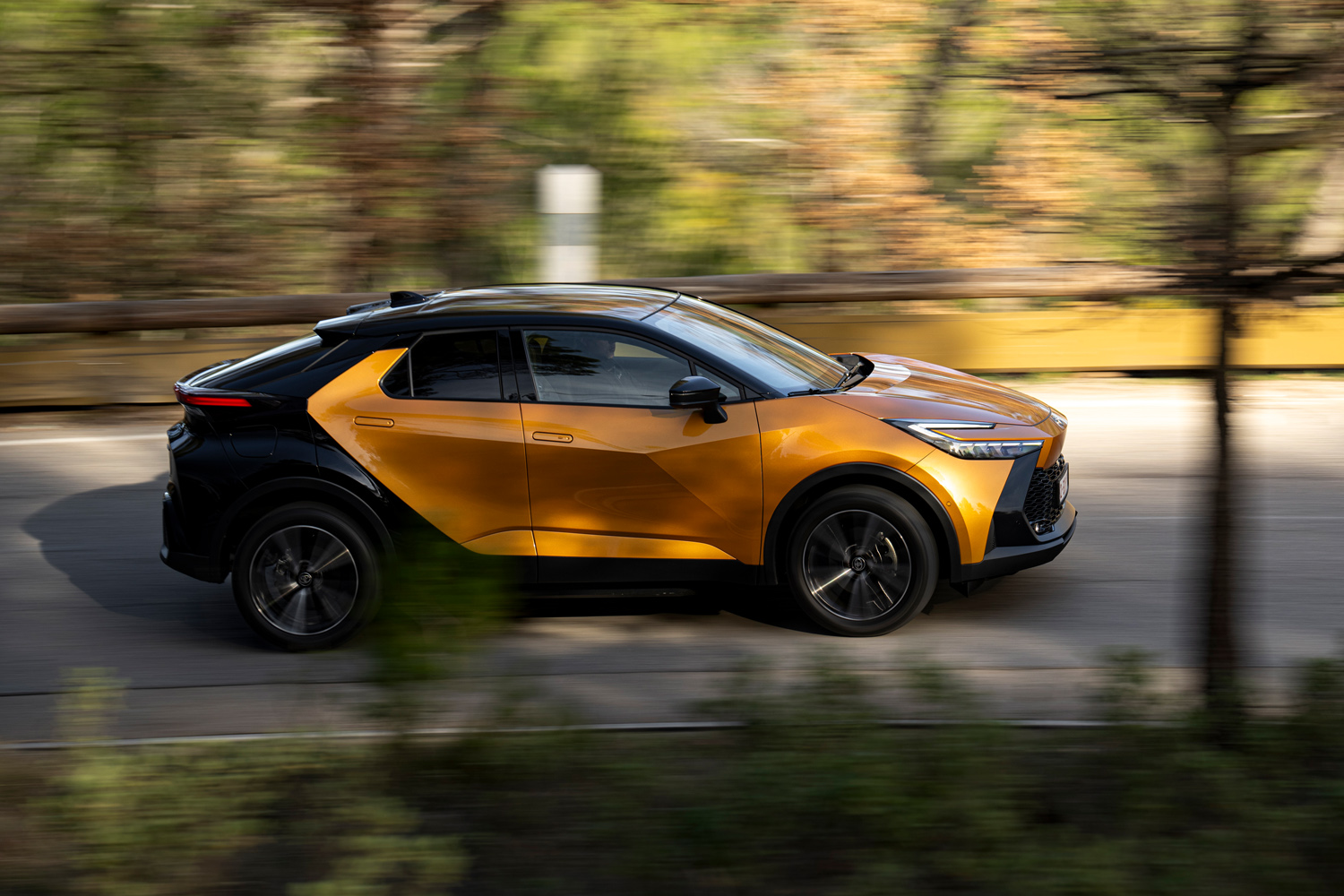
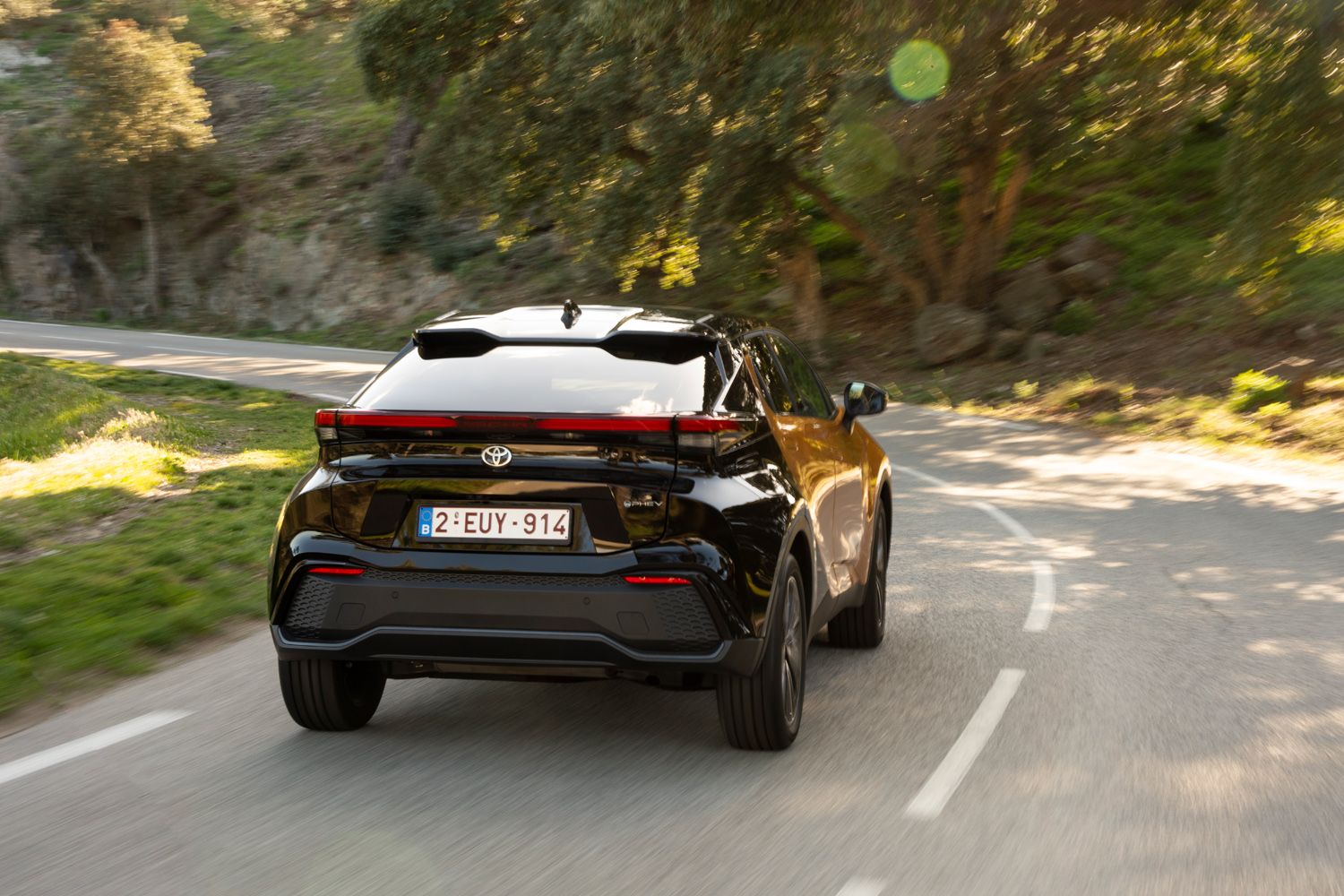
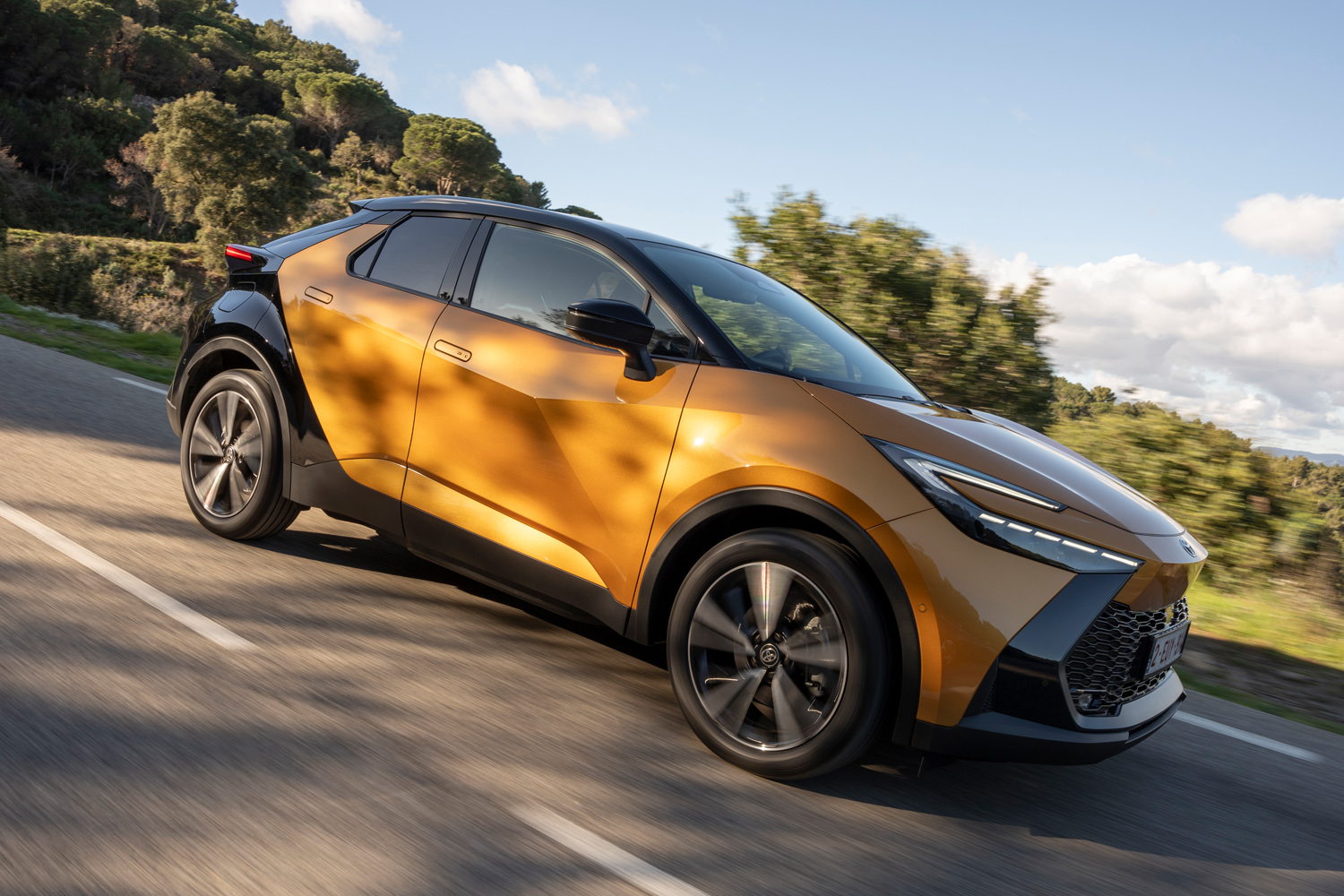
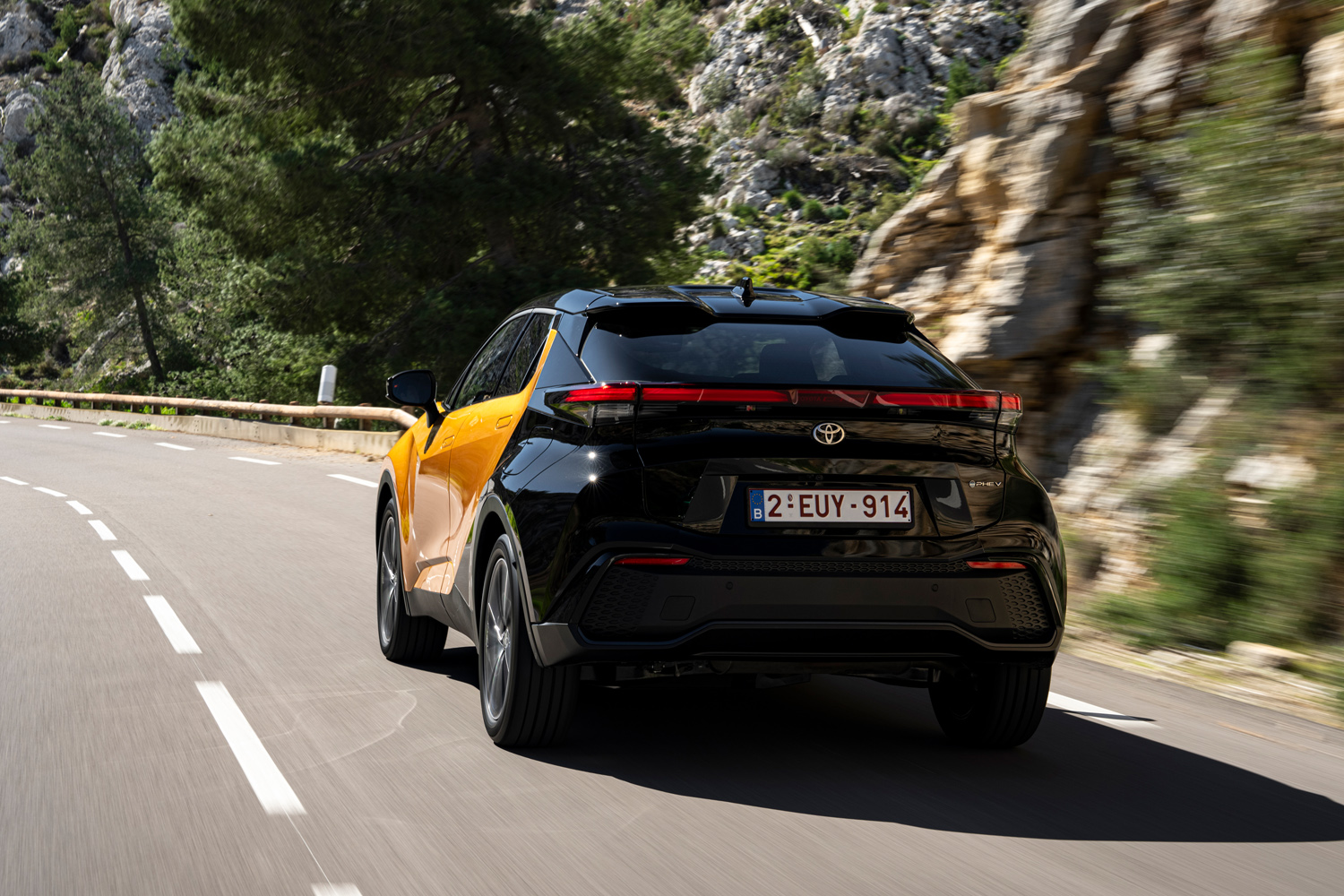
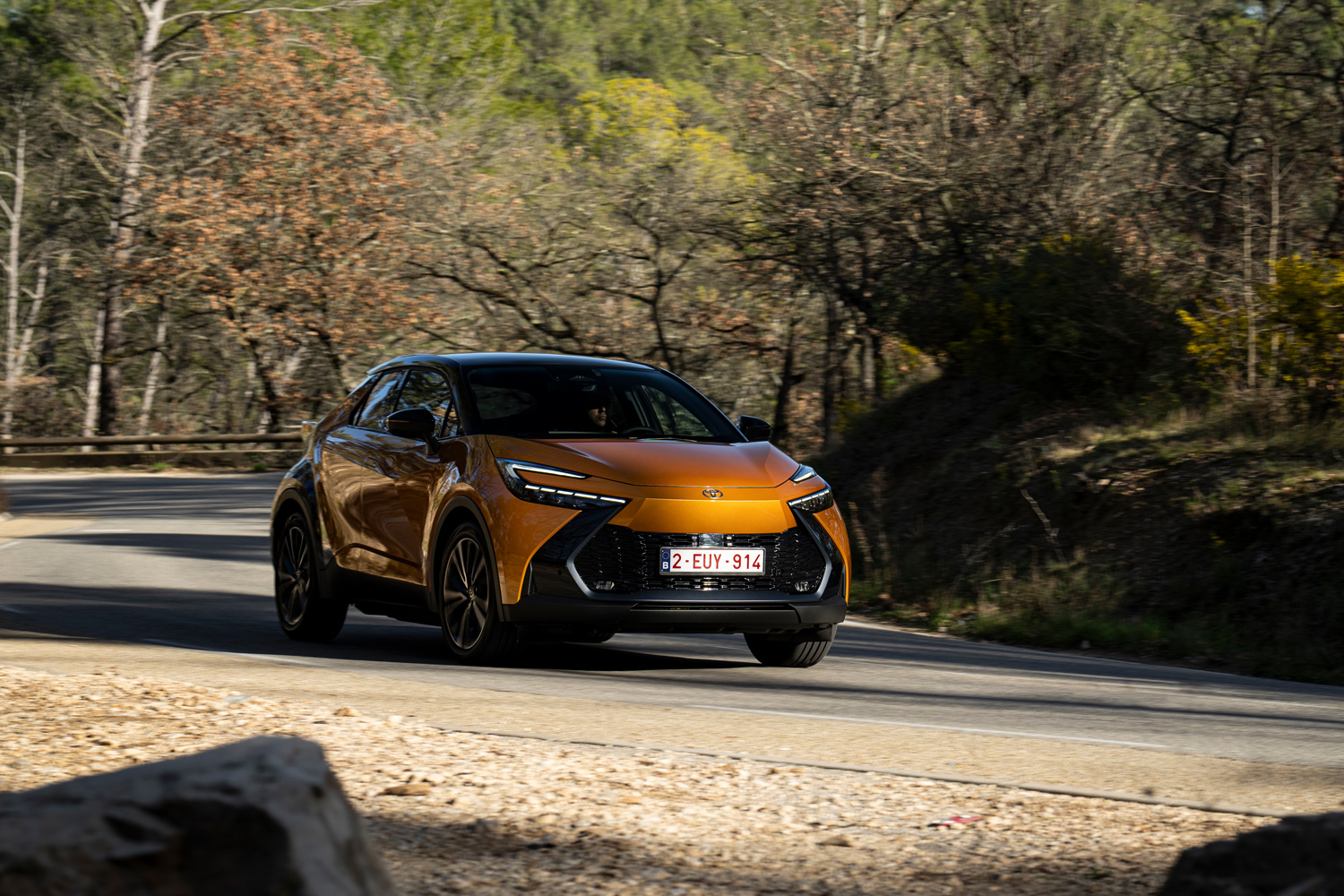
Toyota offers up some tantalising official range figures for this 2.0-litre PHEV: 41 miles is apparently achievable from the battery and electric motor, or a combined 353.1 mpg using the powertrain as a whole. Real world use will doubtless be less than that, but during my time with the C-HR, the plug-in version has been impressive. Setting off and carrying out short hops using the electric power is slick and smooth.
However, the C-HR is still afflicted by Toyota’s eCVT automatic gearbox. When it’s working in tandem with the petrol engine there are the same irritations that come with the hybrid editions; put your foot to the floor and expect some enthusiastic revving. Taking it easy with the accelerator seems the key to success, with no sudden movements meaning you can get some streamlined performance when using the 2.0-litre lump.
Much like the hybrid cars, the PHEV works well enough when you get out on the open road. In fact, I’ve found the C-HR pretty agreeable all round, with some decent twisty roads allowing me to see how the suspension setup fairs with the different engineering arrangement. However, it doesn’t react well to lumps and bumps in the road, especially if you’re travelling in town and rolling over raised manhole covers a lot.
Nevertheless, the C-HR rides nicely for the most part and the power delivery feels smoother than the hybrid models. It stops well enough too, while the ‘B’ button on the shifter offers partial one-foot driving. Sure, it’s not the most exciting car in the world to drive, but the C-HR delivers what is expected from it, so I’m not really complaining.
The technology
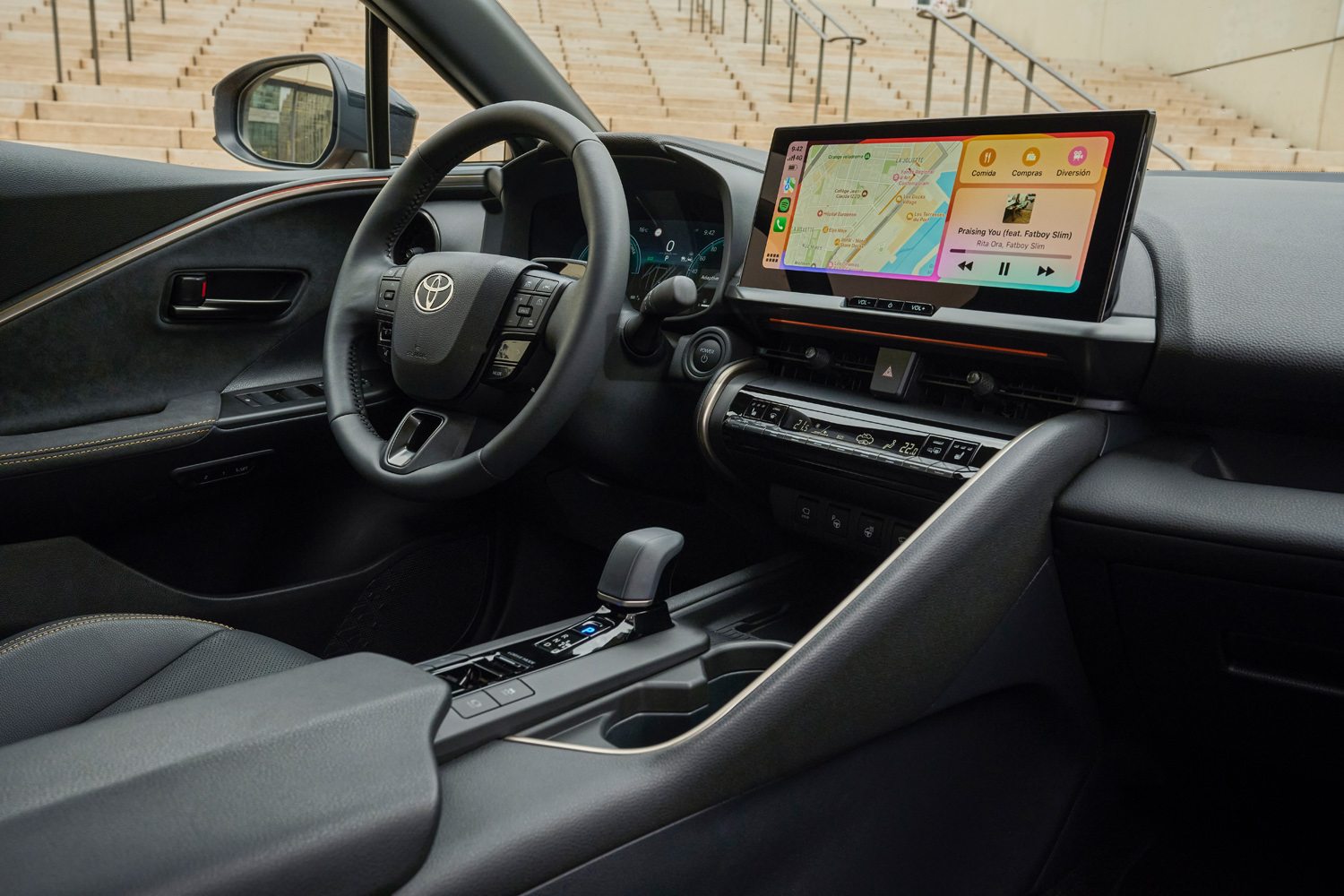
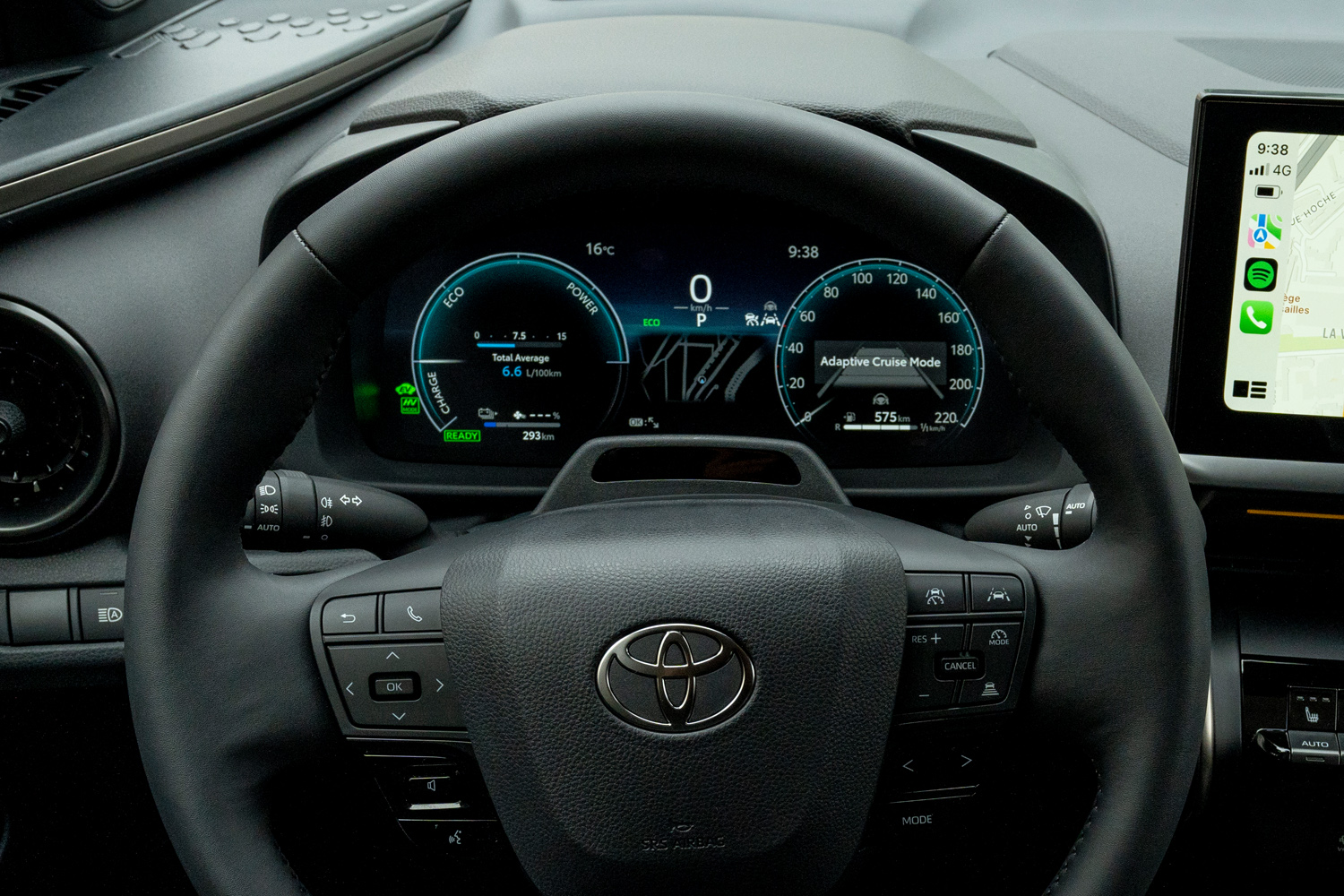
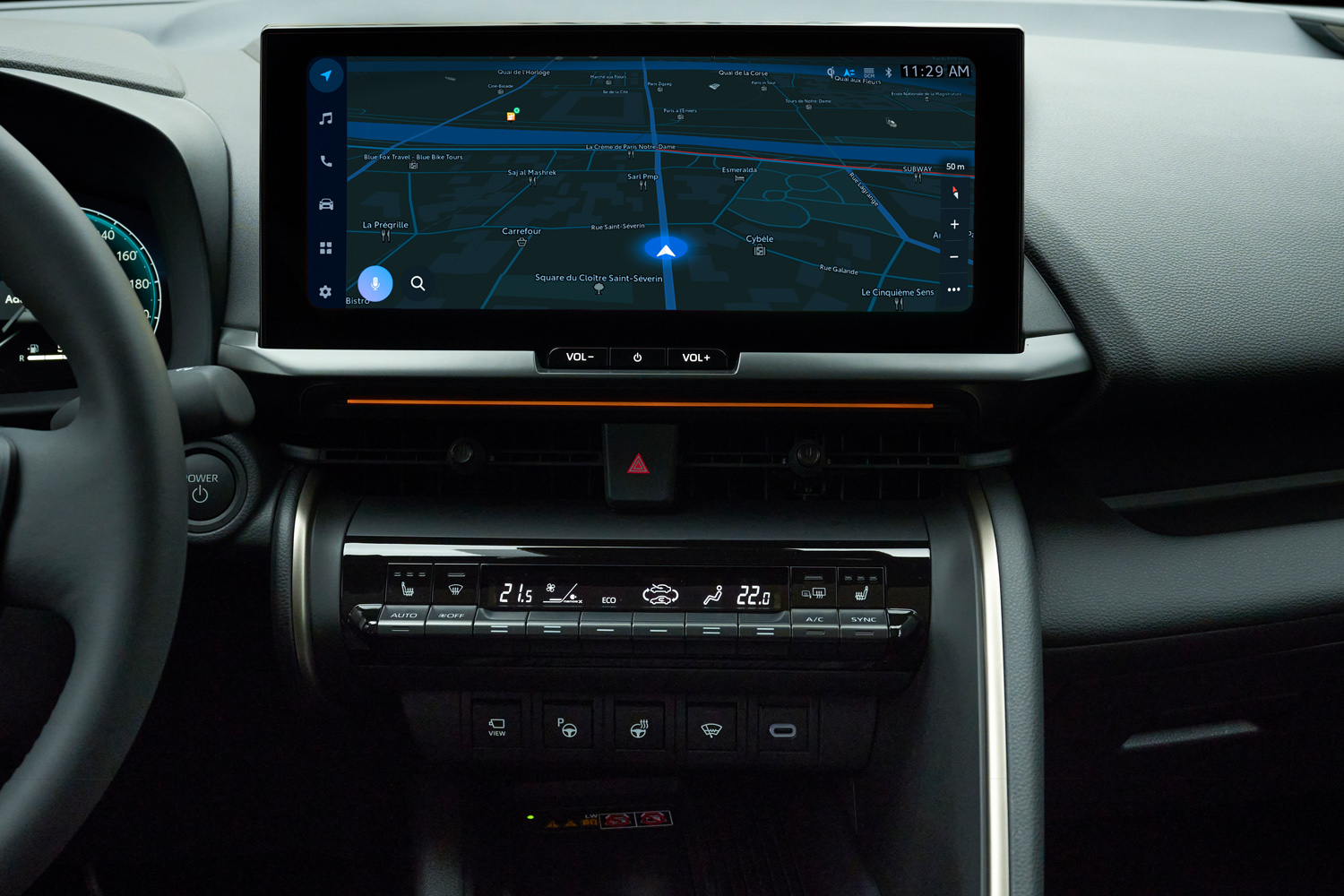
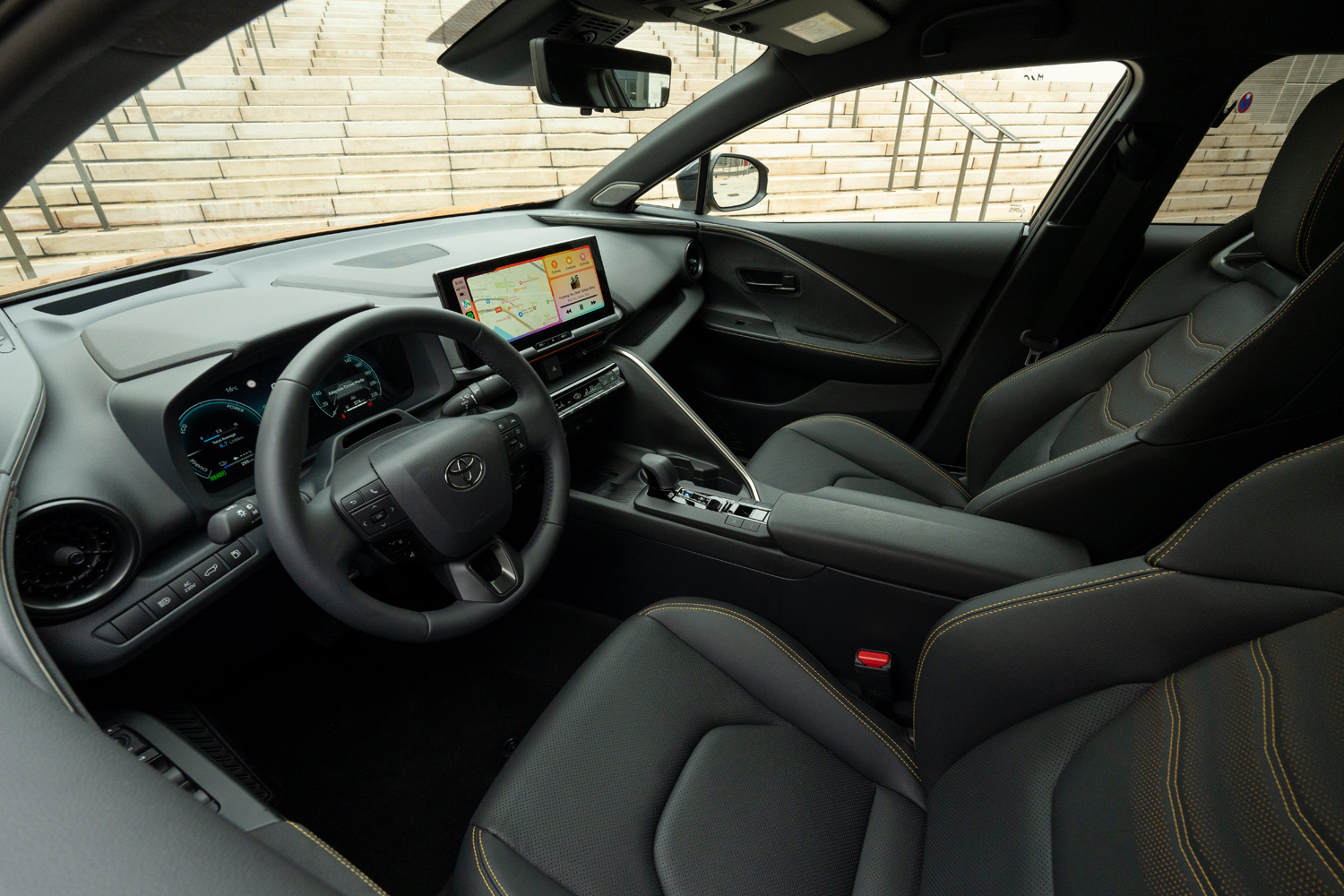
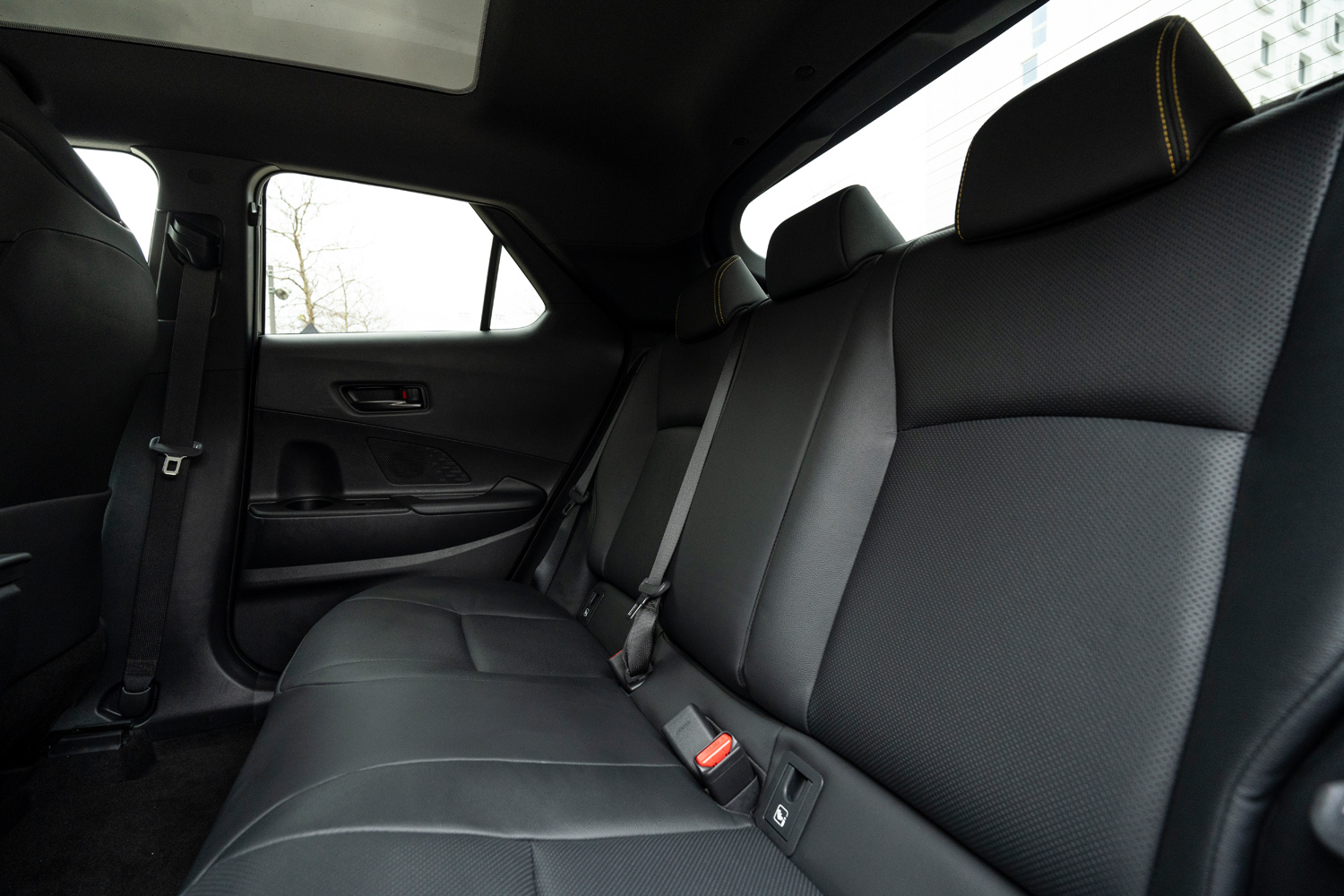
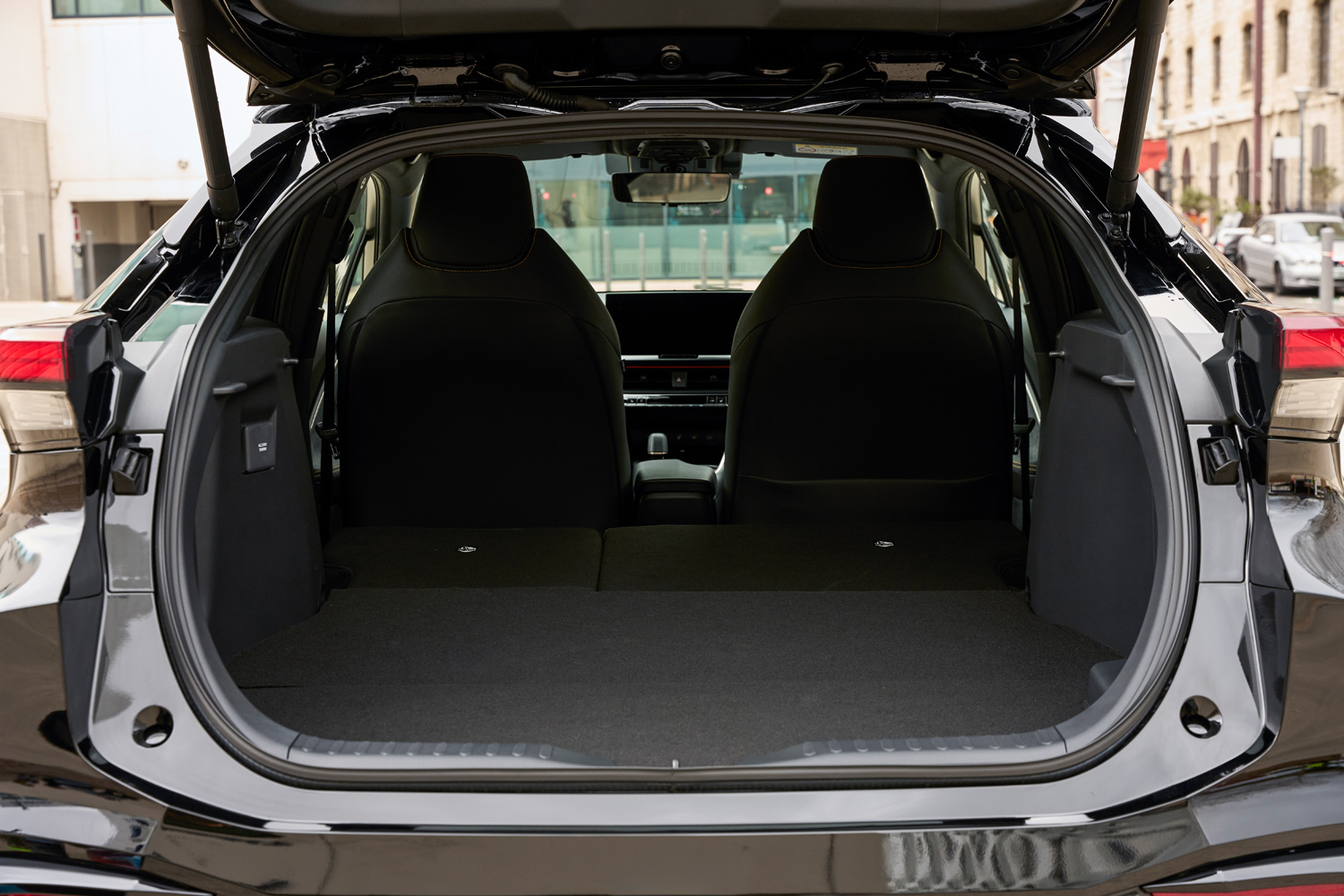
Toyota isn’t offering anything too radical in when it comes to interior tech, and everything is the same as that found on the hybrid cars. The Smart Connect+ multimedia bundle packs in everything you need, with wireless Apple CarPlay and Android Auto. The 12.3in touchscreen display is passable enough too, although seems a little less impressive than those found in rivals.
I also found the driver aids in the C-HR to be decent, with the usual smattering of Lane Change Assist, Front Cross Traffic Alert, Driver Monitoring Camera and Adaptive High-beam System on offer if you need them.
The reversing camera setup is nigh on essential for this car because, while it’s got a decent set of mirrors, the C-HR always feels a little hemmed in thanks to the design of the body. It’s certainly less fun going backwards than forwards.
Toyota C-HR plug-in hybrid verdict
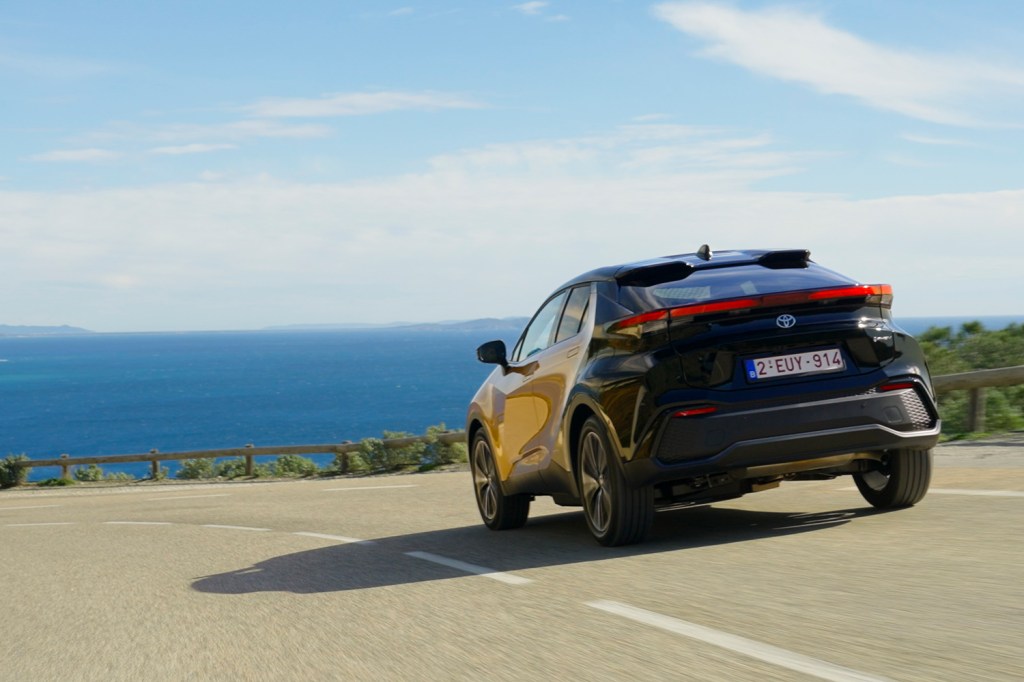
I’m still enamoured with the look of the revised Toyota C-HR – that exterior really hits the spot. It’s less of a success story on the inside, with many of the same compromises in both the front and back of the car that made its predecessor a bit hit and miss. The car should work fine if you’re driving solo or are one-half of a couple, and anyone with small children will be able to get by with the rear seating. Overall, it is a bit snug though.
Nevertheless, I’d pick the Toyota C-HR Plug-in Hybrid 220 model because it’s the best of the model bunch, especially if you tend to do lots of shorter runs. If you’ve got access to a home charger it makes even more sense, just as long as you’re disciplined enough to plug it in. There’s a decent amount of power from the 2-litre petrol engine, so the PHEV does work for longer runs, but it thrives best when you’re in the urban environment and can tap into the respectable electric range.
Stuff Says…
The PHEV is the best C-HR flavour, as long as you’re plugging in at home and have a reasonable commute.
Pros
Sci-fi styling really hits the spot
Ideal for shorter runs on electric power
Rides and drives smoothly
Cons
EV range rules out longer commutes
Interior still not exactly spacious
Toyota C-HR plug-in hybrid technical specifications
| Powertrain | 2.0-litre petrol engine, electric motor |
| Battery | 13.6kW |
| Power | 161bhp |
| Torque | 151lb ft |
| 0-60mph | 7.4sec |
| Top speed | 112mph |
| Range | 41miles (electric only) |
| Charge rate | 7kWh |
| Cargo volume | 310litres |
- Related:

